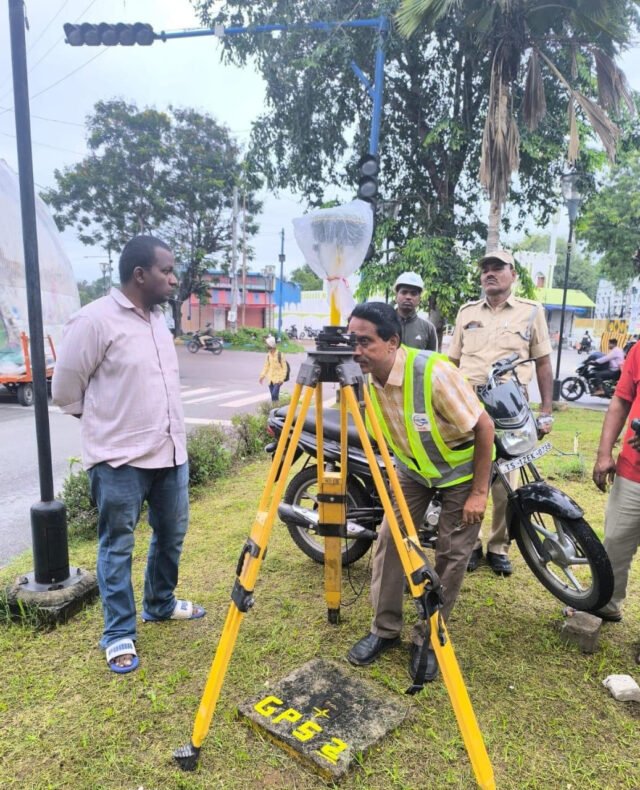Hyderabad: The land acquisition and demolition of affected properties along the 7.5-km Old City Metro Rail Corridor have reached a crucial stage, with the required Right of Way (RoW) gradually becoming available.
A total of 886 properties were affected. Of these, more than 550 have been demolished. Work is underway to clear the remaining structures. So far, compensation amounting to Rs 433 crore has been disbursed to property owners.
Despite challenges such as the rain, festivals, and the observance of Muharram, Hyderabad Metro Rail Limited (HMRL) said the work had progressed smoothly without causing inconvenience to residents. Complex electrical cable removals had posed hurdles, but these have now been addressed.
Preparatory works for Metro pillars and station construction are underway, with Differential GPS (DGPS) surveys being carried out for precision mapping. Other works include identifying and relocating underground utilities, soil testing and geotechnical analysis, and protecting sensitive heritage structures along the alignment.
Unlike conventional surveys, DGPS provides high-accuracy digital mapping. The data collected has been integrated with earlier drone surveys to accelerate implementation. The corridor has been divided into segments, with control points established for accurate positioning using high-precision Global Navigation Satellite System (GNSS) receivers. These satellite-based signals are vital for survey and mapping operations.
HMRL managing director N.V.S. Reddy emphasised the importance of identifying and diverting underground obstacles at pillar locations. “Given the age of the roads, numerous water, sewage, stormwater, electricity, and telecom lines lie beneath. As per the master plan, the road is being widened to 100 feet, necessitating the demolition of impacted properties,” he said.
Agencies including the Hyderabad Water Board, GHMC, TGSPDCL, and BSNL are collaborating to relocate utilities. Ground Penetrating Radar (GPR) surveys are being conducted to detect subsurface structures and materials.
Soil strength and groundwater conditions are being assessed through geotechnical investigations to ensure that the Metro foundations can bear the load. These tests are mandatory before construction begins.
The alignment passes through several sensitive structures, including religious sites. These have been identified, and the alignment has been adjusted accordingly. Pillar locations are now being marked based on the refined alignment, with milestone markers placed every 100 metres to guide construction. “All necessary technical preparations are in full swing to initiate the Old City Metro Rail works soon,” said N.V.S. Reddy.







